If you’re wondering how to teach reading, you’re in the right spot! This step-by-step guide covers everything from pre-reading skills to phonics, sight words and reading comprehension so that you can take kids from NON-readers to STRONG readers.
Check out the step-by-step below and then request an invite to my 4 week course, The Reading Roadmap, so you can get my ready-to-deploy system for building rock solid readers.
How to Teach Reading
When I moved from teaching second grade to kindergarten 14 years ago, the thing I was most nervous about was teaching kids to read.
What should I teach first?
How would I help my struggling readers?
Would every child leave my class ready to hit the ground running in first grade?
I was overwhelmed.
But with a lot of research, plenty of trial and error and tons of practice, I quickly settled into my groove.
I even became a reading tutor for struggling readers! How is that for a turn around?!
Teaching kids to read became the FAVORITE part of my job and I loved making the process fun for kids.
Whether you need a big picture overview of how to teach reading or you’re curious about little details like whether you should teach sight words or phonics first, I’ve got you covered.
This ultimate guide will show you how to teach reading from start to finish.
4 Things to Teach Before Reading
Like many things in life, it can be hard to predict when a child’s brain will be ready to make the millions of connections required to actually read a word on her own.
It’s similar to what happens when babies learn to walk – they pull themselves up to a standing position for months, hold your hands as they practice taking shaky steps forward and then one day, maybe unexpectedly, take their first steps on their own.
Just like kids show signs that they’re almost ready to start walking, they also give clues that they are ready to begin reading. They are called “pre-reading skills” and they include four parts: motivation, print awareness, letter recognition and phonological awareness.
If kids are picking up books on their own, are recognizing the first letter of their name or have started recognizing rhyming words, they are likely ready to start learning how to read.
You can learn more about what each pre-reading skill looks like and easy ways to teach it here.
Phonics vs. Whole Language
Before we jump in and start talking about the first word to teach kids, let’s pause for a moment so we can take a 30,000 view of what’s coming…
Once kids learn those 4 critical pre-reading skills, the lessons and activities that follow tend to fall into two big categories: phonics and whole language.
When they’re boiled down to their most basic explanations, phonics means sounding out words letter-by-letter (“/c/ /a/ /t/ cat”).
And whole language means teaching kids to recognize and read a whole word at once (“cat”). Teachers also call this approach “sight words”, “popcorn words”, “Dolch words”, “Fry words”, etc.
Although there are pros and cons to each strategy, I like to provide children a good dose of both.
Why? There will be countless times when kids will come across an unfamiliar word and need to know how to sound it out phonetically.
And, at the same time, they will save oodles of time reading if they immediately recognize the most common words they’ll see instead of needing to sound them out over and over again.
So long story short, phonics and whole language are equally important and I’m going to show you how to teach both.
The First Word to Teach
When I’m teaching kids how to read, the word I always teach first is the one they love most in this world: their name!
I start by making up silly jingles sung to the tune of popular songs.
“Bingo” is a great one for five letter names and the “Day-O” Banana Boat song is perfect for six letter names.
I share my favorite tunes for names inside my 4 week teacher training, The Reading Roadmap, so make sure to join the waitlist if you’re interested in learning more.
Each day, we focus on one or two names.
The class sings a name song and counts the letters.
Then I remind them that letters make individual sounds and clumps of letters make words just like individual puzzle pieces can stick together to make a puzzle.
Understanding the relationship between letters and words from the beginning makes the next steps (learning letter sounds and eventually combining those sounds to make words) more meaningful.
With the catchy jingle still stuck in their head, I have kids play a fun name game to reinforce their learning.
How to Teach Letters
Once kids learn how to spell their name, they are ready to tackle letter names and sounds!
Since children learn best when they can first play and explore, I love giving students a few magnetic or wooden letters at a time and letting them make observations about them.
Are the letters curvy or straight?
What letters are tall?
Do the shapes remind you of animals?
The questions are really endless.
Then they are ready to start memorizing letter names. There are dozens of alphabet games that make learning them fun for kids!
Next, kids are ready for the really fun stuff: matching letters with their sounds.
Hands down, the fastest way I’ve found to teach kids’ letter sounds is using a combination of body movement, visual cues and spoken words. It activates all kinds of connections in the brain.
Accomplishing this trifecta is actually easier than it may seem. I have a brain charging alphabet chant that I teach kids. (It’s one of the teaching tools you get inside The Reading Roadmap.)
Every day we learn 4 new letter names and sounds. Starting with A and moving along in ABC order, I teach my class the name of the letter, the sound it makes and a word that start with that sound.
So, for instance, we would say, “A is for apple /a/ /a/ /a/.
B is for baby /b/ /b/ /b/.”
Each letter has a little action movement we do as we say the words so the chant combines movement and sound so kids learn it really quickly.
Kids still need plenty of practice to apply it in their reading but it gives them a major power launch because they’re learning the upper AND lowercase version of each letter, the letter name AND the letter sound all at the same time.
How to Teach Reading Words
When kids have learned the letter sounds well (and this can take a month or two of continual practice), they are ready to begin reading words.
There are primarily two strategies for accomplishing that:
- Sounding out individual letters and blending them together to make words (aka phonics), and
- Memorizing common words including “the”, “and”, “of” so that your child can save time by recognizing them right away (whole language or sight words).
I know I mentioned it before, but it’s worth repeating:
Although there are pros and cons to each strategy, I strongly recommend teaching kids both.
There will be countless times when kids will come across an unfamiliar word and need to know how to sound it out phonetically.
And there will also be plenty of moments when they could save reading time by recognizing a word instantly instead of needing to sound it out over and over again.
How to Teach Phonics
The best strategy for teaching phonics is to focus on specific sounds like letter sounds, digraphs or short vowel word families.
Looking at one sound at a time helps kids recognize the corresponding spelling pattern in words. For instance, if I am focusing on digraphs (two letters that make just one sound) like SH-, CH-, TH, I pick one of them to work on. I talk about the phonics rule, brainstorm lists of words that include them, and then practice, practice, practice by playing lots of digraph games.
The class and I might brainstorm SH- words like ship, she, shake, shirt. After we’ve made a nice, long list, I ask what they notice about all of our words. (They have SH.) Then I ask what letters they think we’ll need to use if we want to write a word with SH in it. (SH) And we’ll follow up with a fun SH- digraph center.
After children have learned letter sounds, a general guide for introducing phonetic rules is:
- CVC (consonant, vowel, consonant) words like “dog”, “bat” and “kit”
- Digraphs (sh, th, ch, etc.) and blends (tr, bl, sn, etc.)
- CVCe (consonant, vowel, consonant, magic e) words like “bake” and “line”
- Long vowels made when two vowels are beside each other like the words “pair” and “tear”
- R controlled words where the R next to a vowel changes the sound it makes (“car” and “bird” are good examples)
- Diphthongs – pairs of vowels that make a unique sound as in the words “coin” and “house”
- Inflected endings including -ed, -es and -ies that are written at the end of words like “laughed” and “kisses”
- Trigraphs (igh, tch, etc.), double consonants written side by side (for instance the Ts in the word “letter”), and other less common letter combinations like squ, str, etc.
To save you time pulling together motivating activities for each of these skills, I combined all of my literacy centers (teaching every phonics skill on this list!) into one simple download. Grab the mega bundle inside The Reading Roadmap!
How to Teach Sight Words
Memorizing sight words takes most kids A LOT of practice, so I love to keep learning fun by playing motivating sight word games.
We play a couple rounds of Sight Word Pancakes, go on a pirate-themed sight word treasure hunt, battle Darth Vader…. There are so many fun ways to teach kids sight words!
The biggest key to success is making the practice engaging and fun so students are actually EXCITED to practice reading and spelling them.
If you’d like to grab all of my EDITABLE sight word games in one spot, make sure to join The Reading Roadmap so you get DOZENS of done-for-you centers in one spot!
Don’t Forget to Teach Reading Comprehension!
In addition to knowing how to sound out words, good readers must also be able to think about what is happening in the story. After all, there is little point in taking the time to read if kids can’t remember anything that happened, right?!
One of the best ways to develop reading comprehension is by asking questions during and after you read together.
When I’m stumped for a conversation starter, I use this list of 20 go-to questions to extend kids’ thinking.
(There’s a mega pack of reading comprehension activities inside The Reading Roadmap too!)
Get My Step-by-Step System
This is just the tip of the iceberg to the teaching training, tools and support waiting for you in my four week teacher training, The Reading Roadmap!
If you want a step-by-step action plan for teaching reading, be sure to join. The Reading Roadmap is the spot where I share ALL of my lessons learned.
Inside the course, you’ll receive my time saving reading assessments, hundreds of print-and-play and digital centers, step-by-step lesson plans and so much more.
I’m so proud to give you access to the easy-to-use system that I know without a doubt will help you become a rockstar reading teacher.
Enrollment only opens up twice a year so be sure to join the waitlist so you’re the first to know when the next round kicks off!


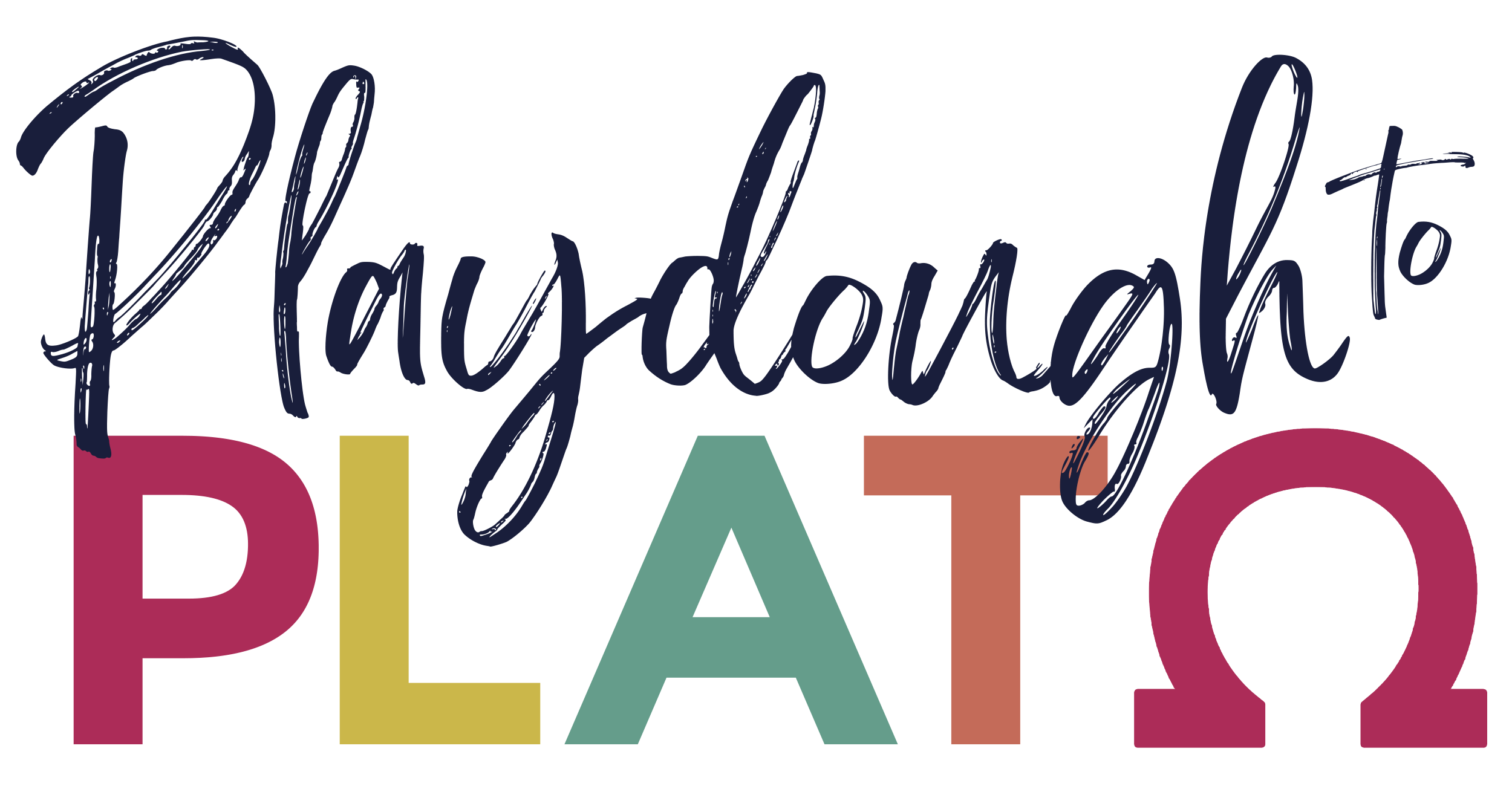


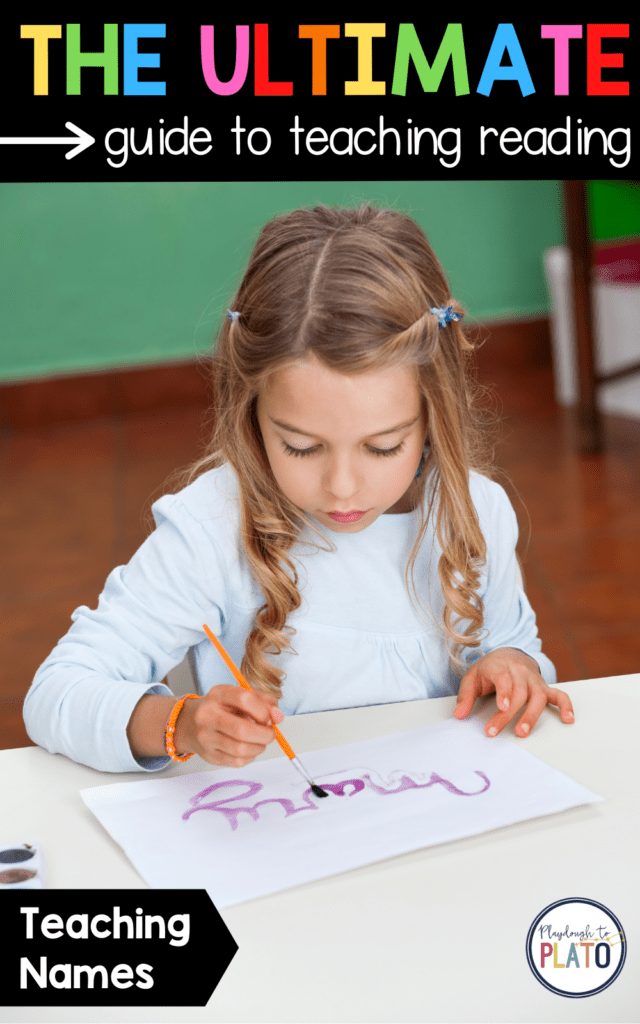
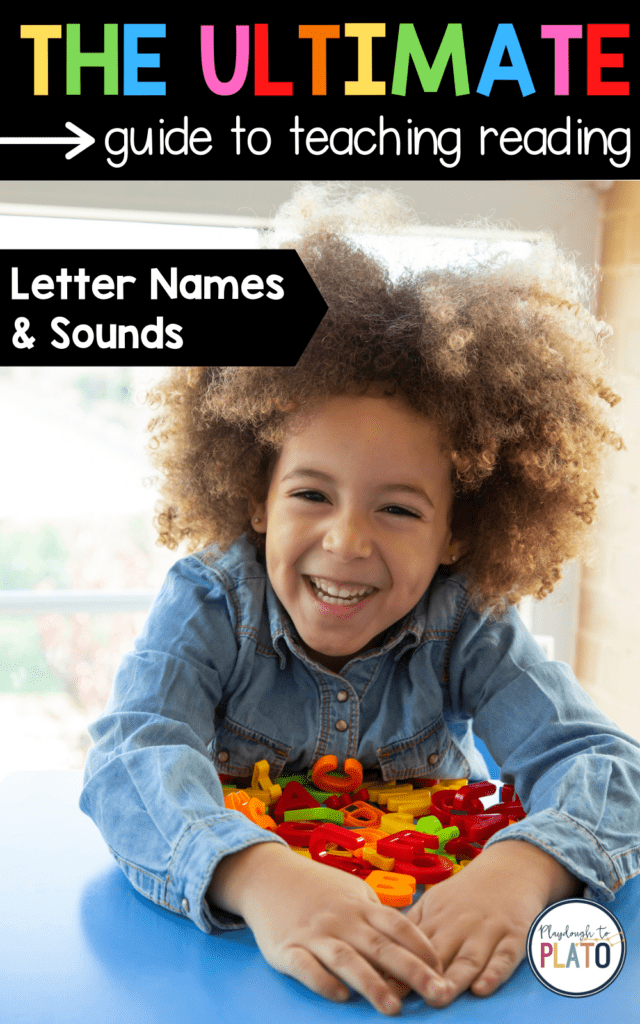
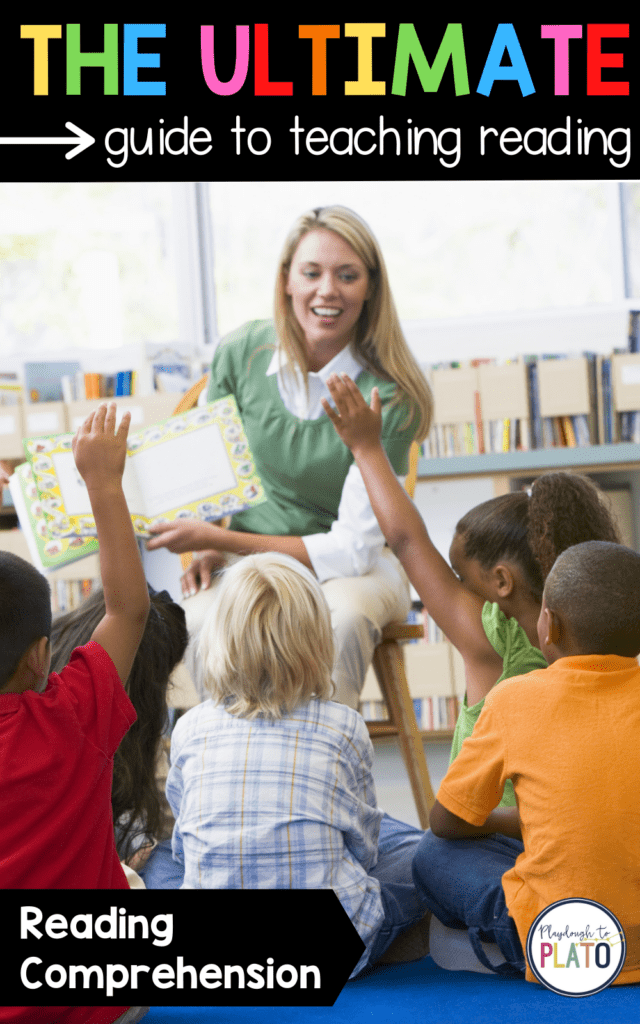
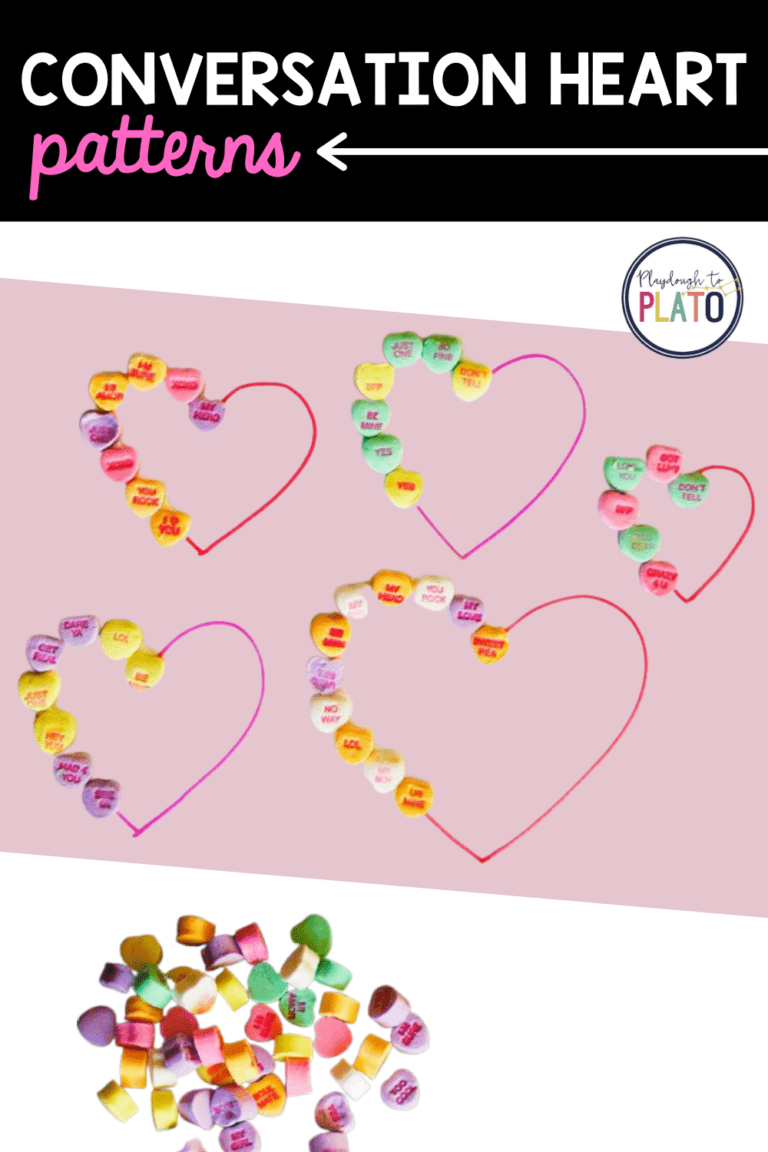
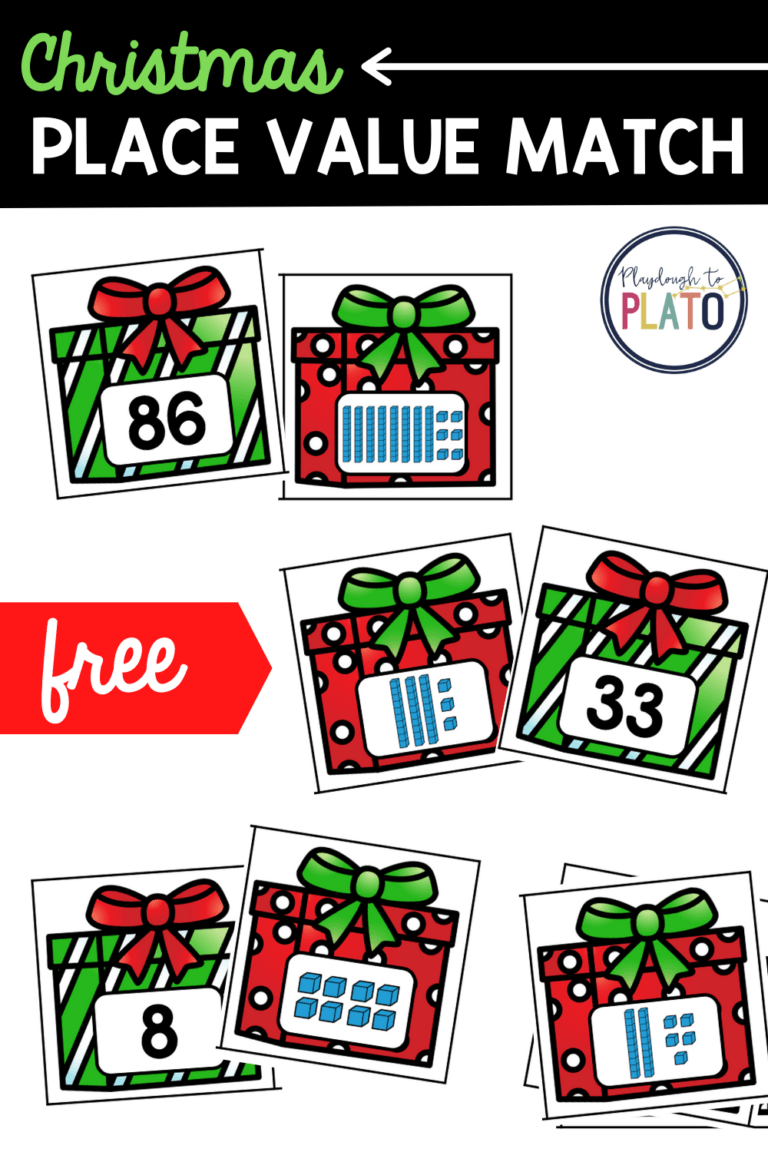
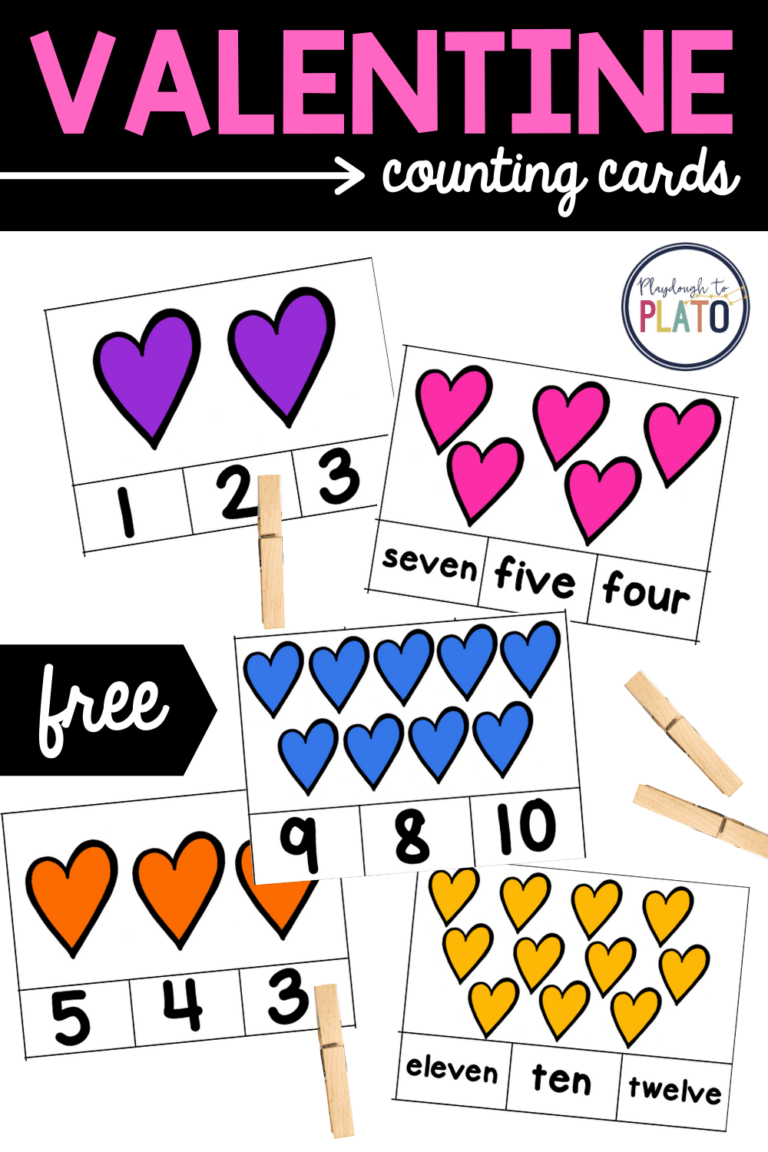

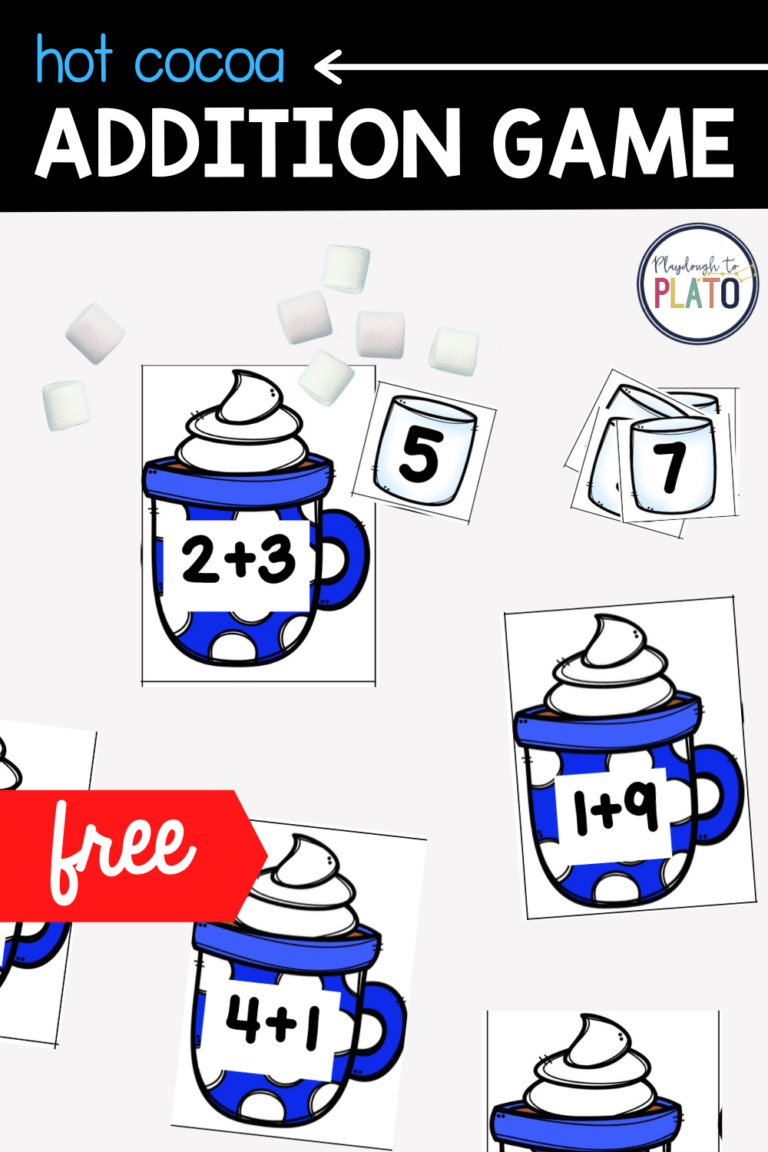

Loved this page…been looking for something to show me the way out or at least what comes next.
Have 2 kids 4 and 6…reading together is going to be fun.
Thanks for posting this.
From Joy-living inSouth Africa.
My little brother learned to read portuguese last year and at the beginning of this year he surprised us when he read the book Green eggs and ham by himself, since at his school he never had an English class.
After Kindergarten my son could not read at all! his teacher said he would never be able to keep up or catch up in 1st grade & wanted to hold him back… then we found Children Learning Reading Program (https://bit.ly/30VzCkr)… When he started 1st grade, he is reading and the teacher is ABSOLUTELY AMAZED and RAVES about his progress.
Great tips! I loved your idea of creating some jingles sung to the tune of popular songs. Quick question, do you also let kids watch some educational videos for them to learn? If yes, what are your favorites?